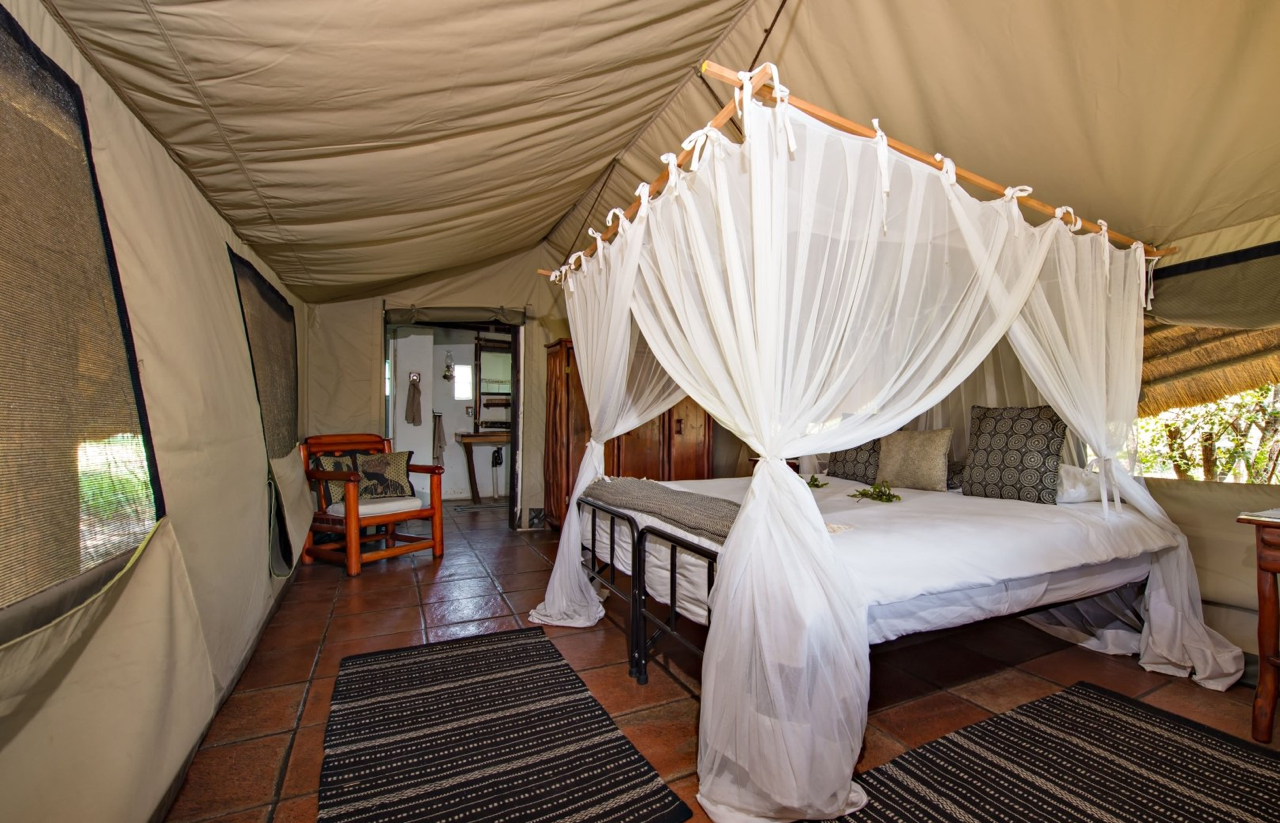
A tenacious little hunter
Small but clever, the black-backed jackal is an opportunist of note!
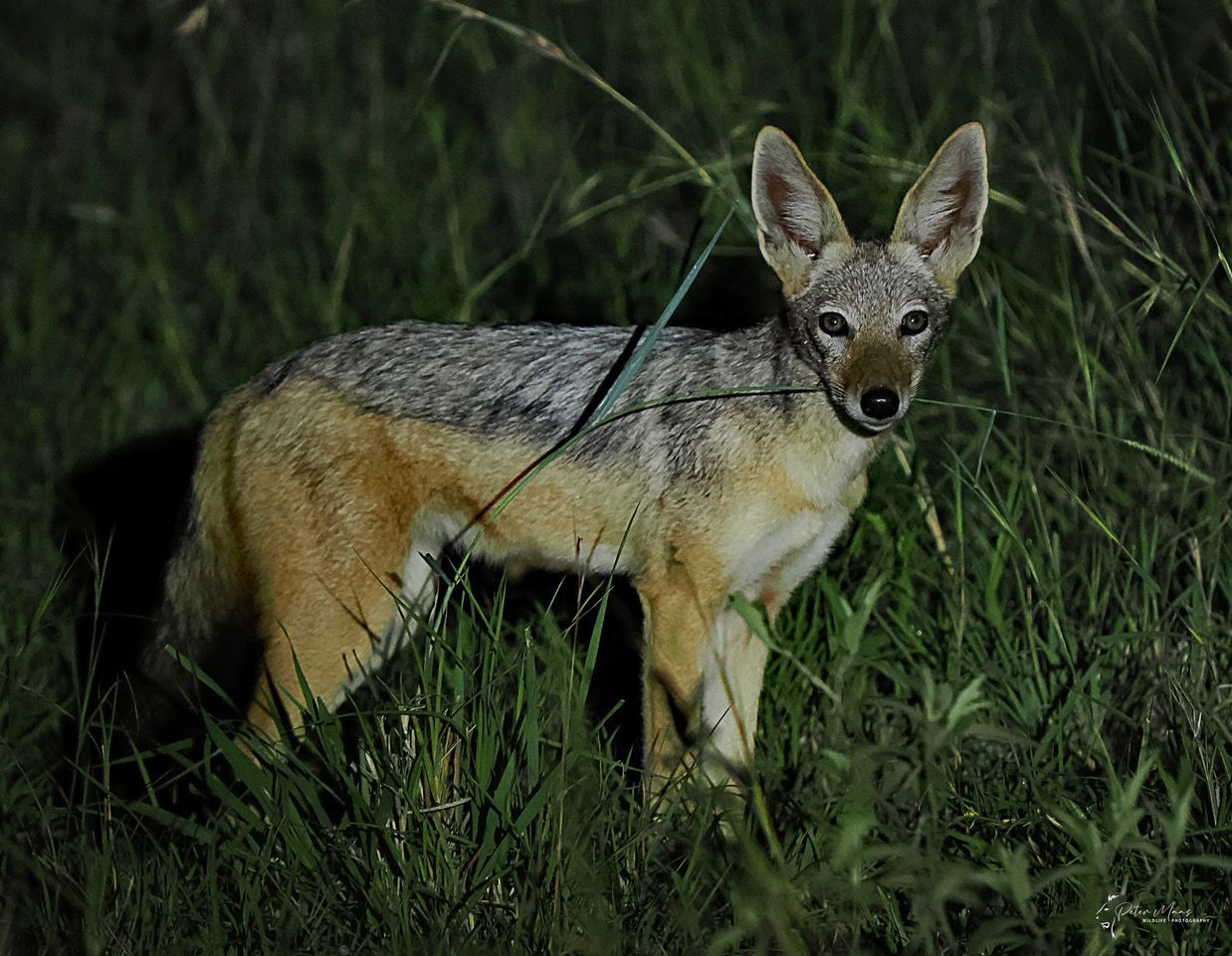
Slide title
Write your caption hereButton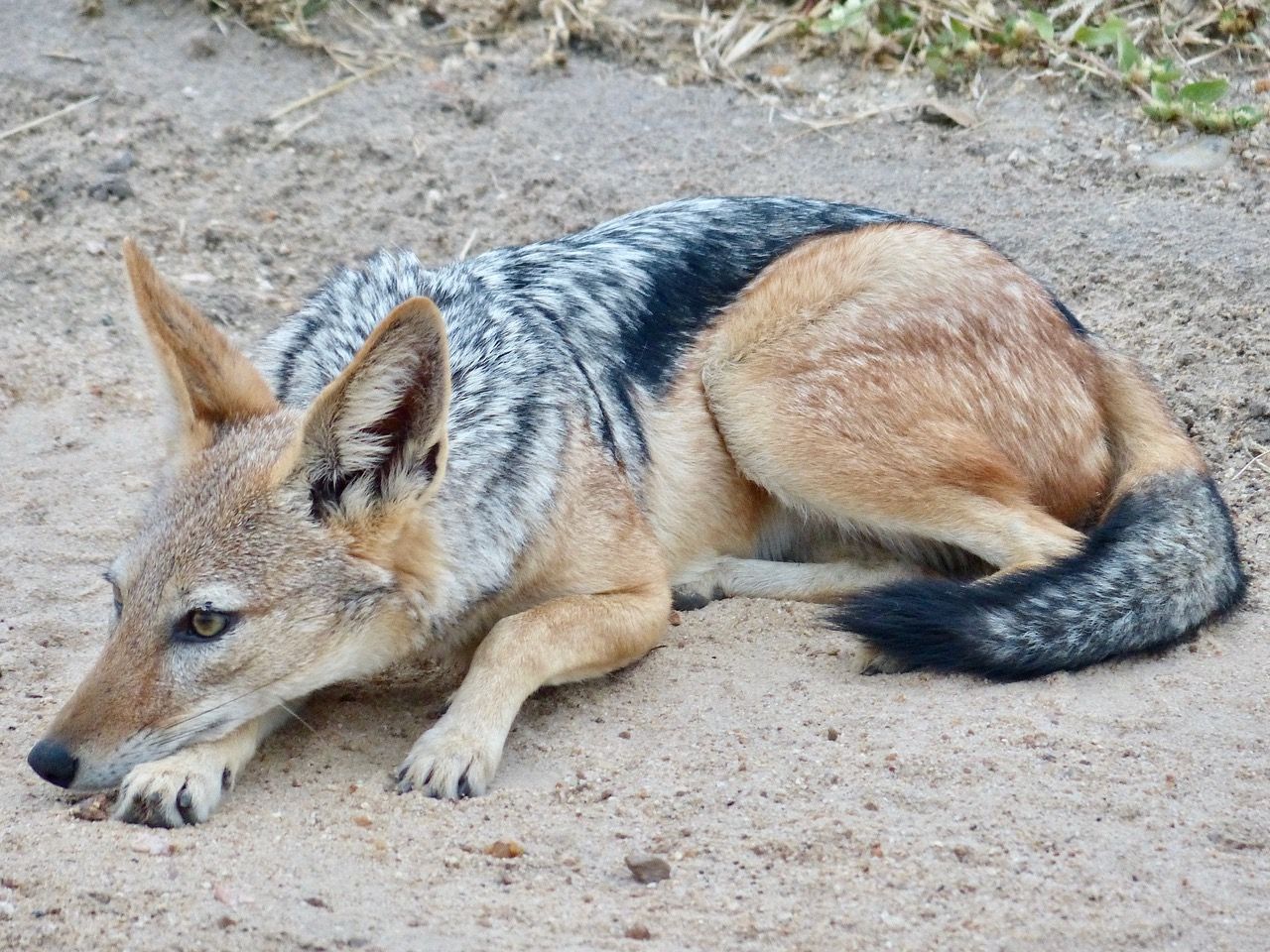
Slide title
Write your caption hereButton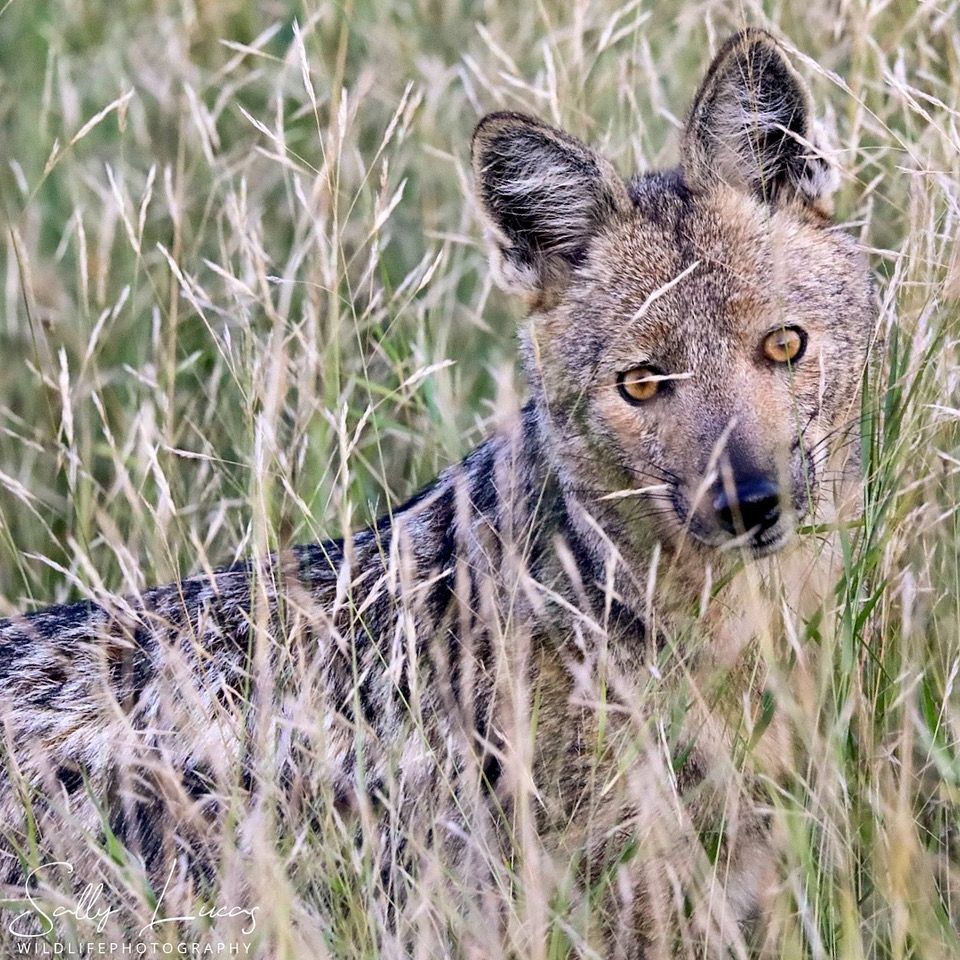
Slide title
Write your caption hereButton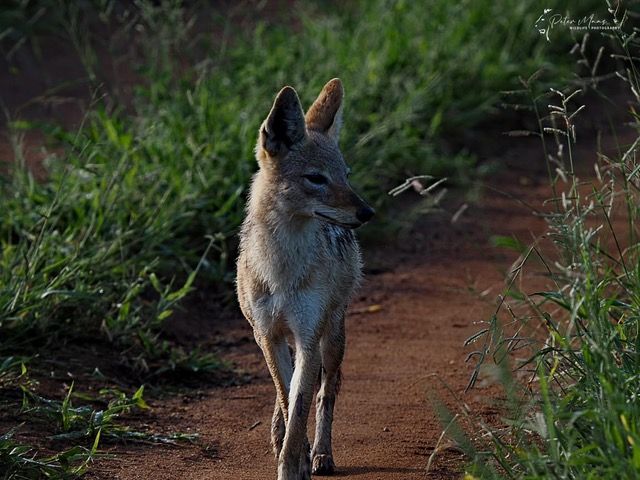
Slide title
Write your caption hereButton
It's a small but important predator in the Manyeleti, playing a vital role in the local ecosystem and renowned for its adaptability, intelligence, and opportunistic hunting behaviour... Meet the black-backed jackal - a member of the dog family that plays a crucial role in controlling small mammal populations and scavenging for food. While not as large or imposing as other predators, the black-backed jackal contributes significantly to maintaining the balance of the reserve’s wildlife. Let's find out more about this engaging little canid...
Standing at around 40cm at the shoulder and weighing between six and 14kg, the black-backed jackal is easily recognised by its distinct colouring — shades of rusty orange and a distinctive black and silver strip along its back. Its build is slender but muscular, enabling it to chase down small mammals or scavenge the remains of larger predators’ kills.
It's well adapted to the Manyeleti's diverse landscape of mixed grasslands, open savannah, acacia thicket and riparian woodland. These areas provide ample opportunities for the jackals to hunt for rodents, birds, and the occasional small antelope like duiker and steenbok, all of which make up a large part of their diet.
Socially, the black-backed jackal is an intriguing species. Typically monogamous, jackals form long-lasting pair bonds that are often maintained for life. Packs, however, can be observed, particularly in areas with abundant resources. These packs typically consist of a breeding pair and their offspring, and co-operative hunting is common.
Unlike many canids, the black-backed jackal does not rely on pack dynamics for large game but hunts in a more solitary or small group fashion. Their agility and speed make them effective predators of smaller prey, such as birds and hares, although they are also adept scavengers, often seen picking at the edges of a lion or cheetah’s kill.
Black-backed jackals are known for their vocalisation, with a range of calls that includes high-pitched howls, which help maintain territory boundaries. These vocalisations are crucial in an environment like the Manyeleti, where territories can overlap with other carnivores, and maintaining clear demarcations is vital for survival. These yips, high-pitched barks and howls are often heard during the evening and early morning, contributing to the atmospheric symphony of sounds that define the African wilderness.
While black-backed jackals are highly adaptable, their survival is not without challenges. They are often in competition with larger predators like hyenas and lions, which sometimes lead to direct confrontations. However, the jackals’ intelligence and ability to exploit a wide range of food sources mean they can often avoid these larger predators when necessary, scavenging safely from the edges of a kill rather than confronting it directly.
An important ecological role of the black-backed jackal is its contribution to controlling rodent populations. By preying on small mammals, the jackals help to maintain a balance in the population of species like rats and mice, which might otherwise explode in number and disrupt the local plant life. This control also indirectly benefits the vegetation, as overgrazing by herbivores can be mitigated by a reduction in the number of smaller pests that damage crops and grasses.
In terms of reproduction, black-backed jackals have a relatively high reproductive rate for a carnivore of their size, with females giving birth to litters ranging from two to six pups. The pups are born blind and helpless, relying entirely on their mother for the first few weeks. As they grow, they become more independent but remain with their parents for up to a year, learning hunting techniques and survival strategies. These young jackals are often seen playing together, sharpening their skills before they strike out on their own.
Despite their cunning nature and essential ecological role, black-backed jackals are often misunderstood and, in some areas, persecuted by farmers who see them as a threat to livestock. However, in protected areas like the Manyeleti, the species flourishes. Here, they contribute to the dynamic food web, not as apex predators, but as the scavengers and opportunists that they are, ensuring the overall health and balance of the ecosystem.
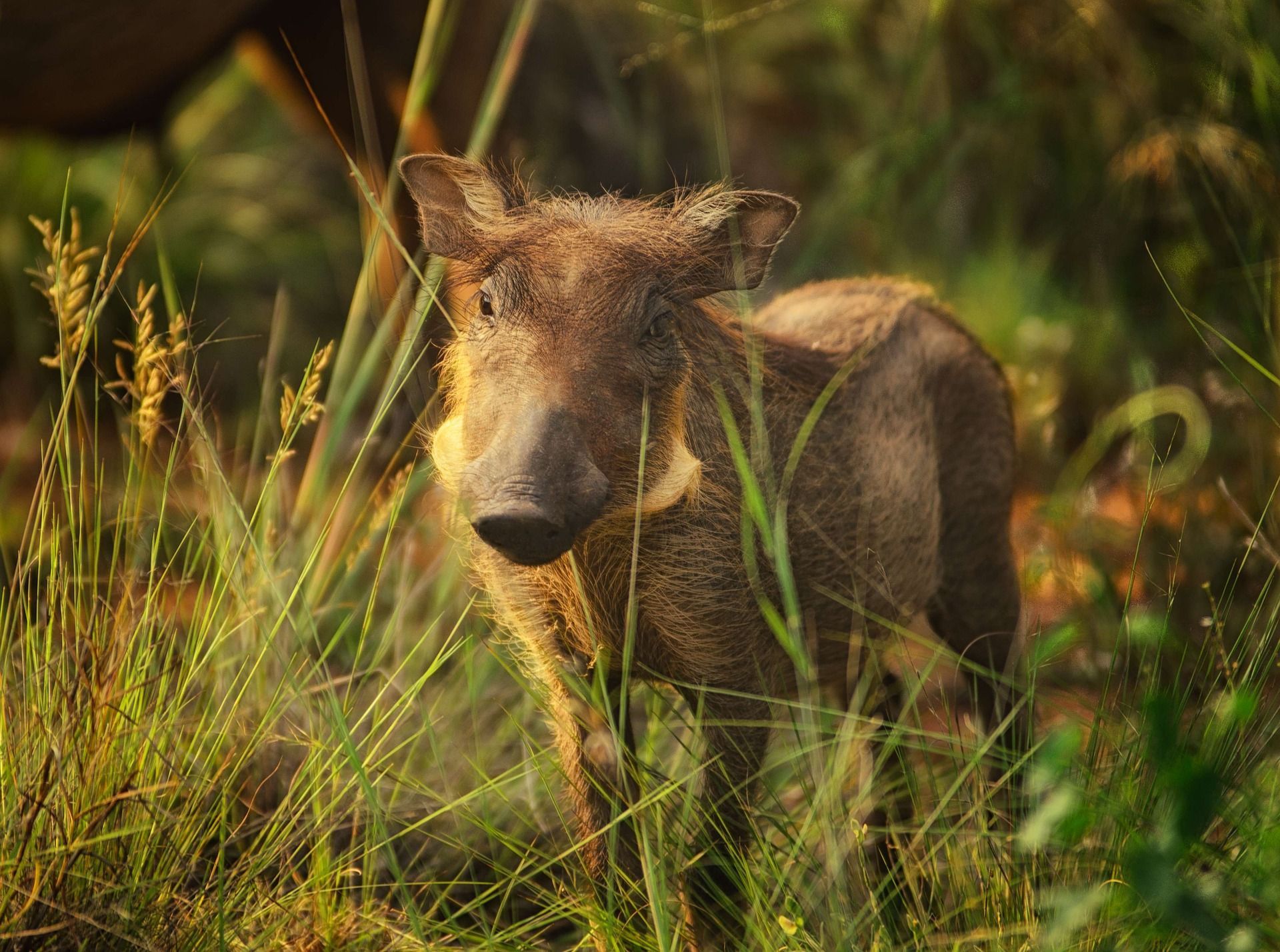
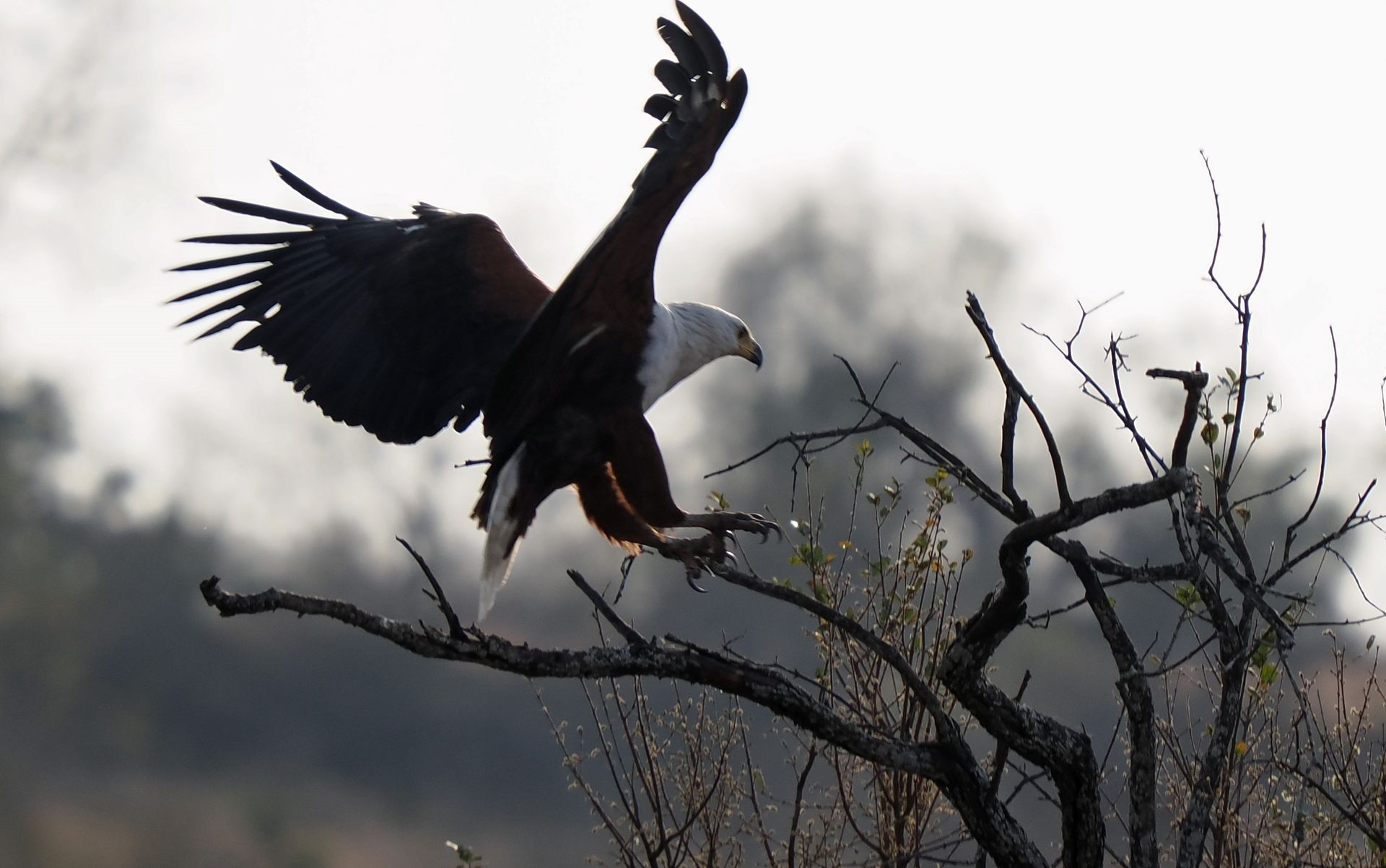
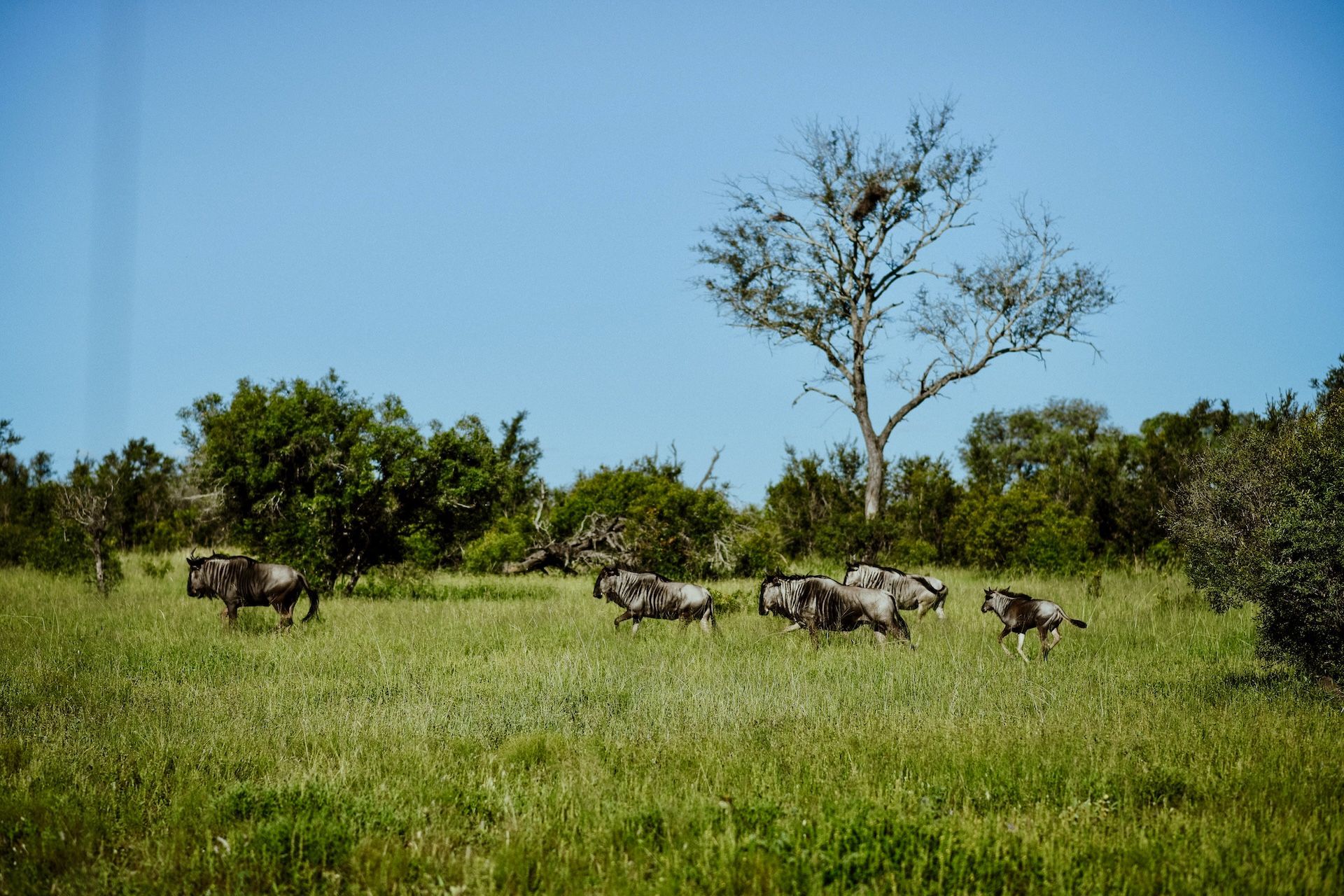
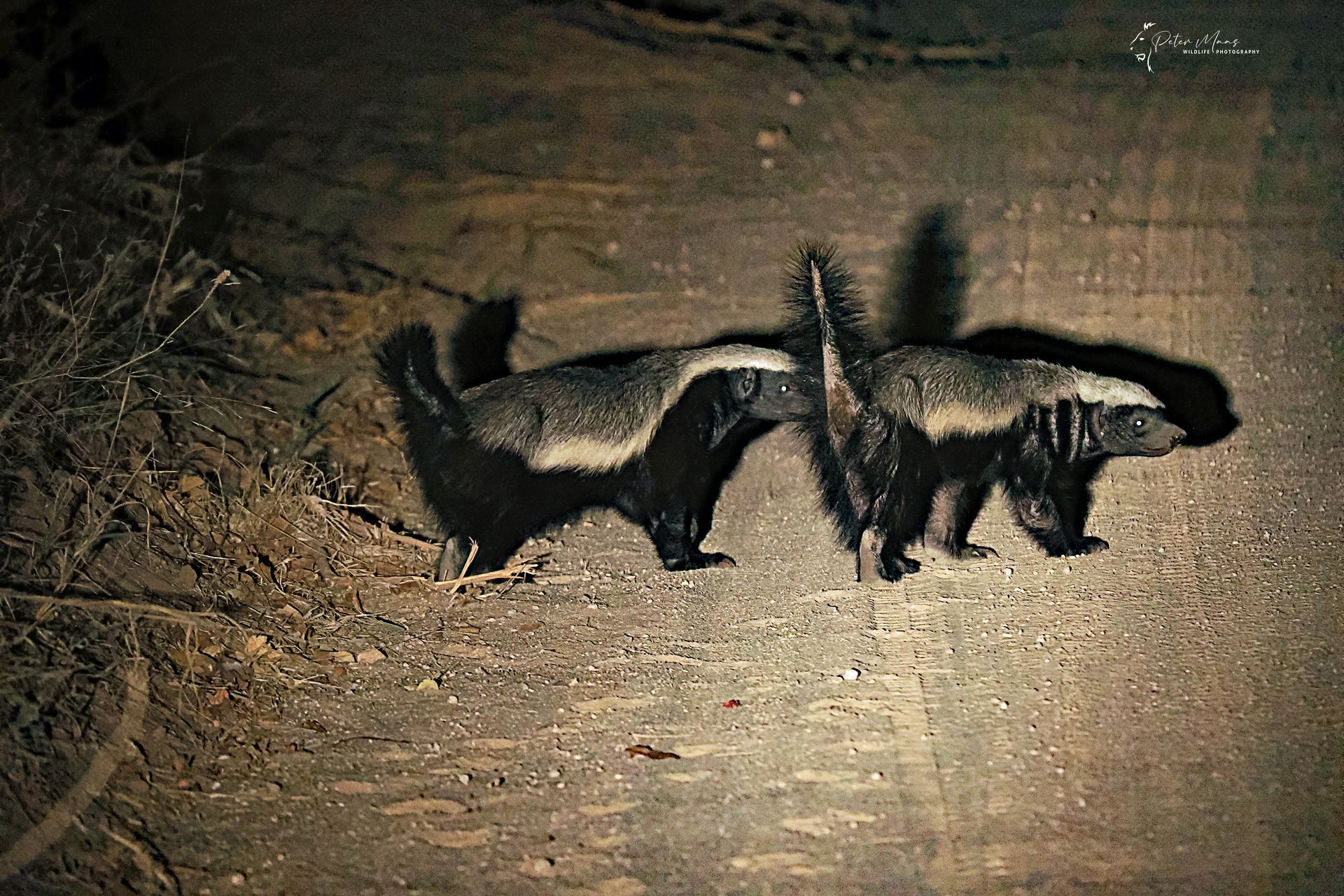
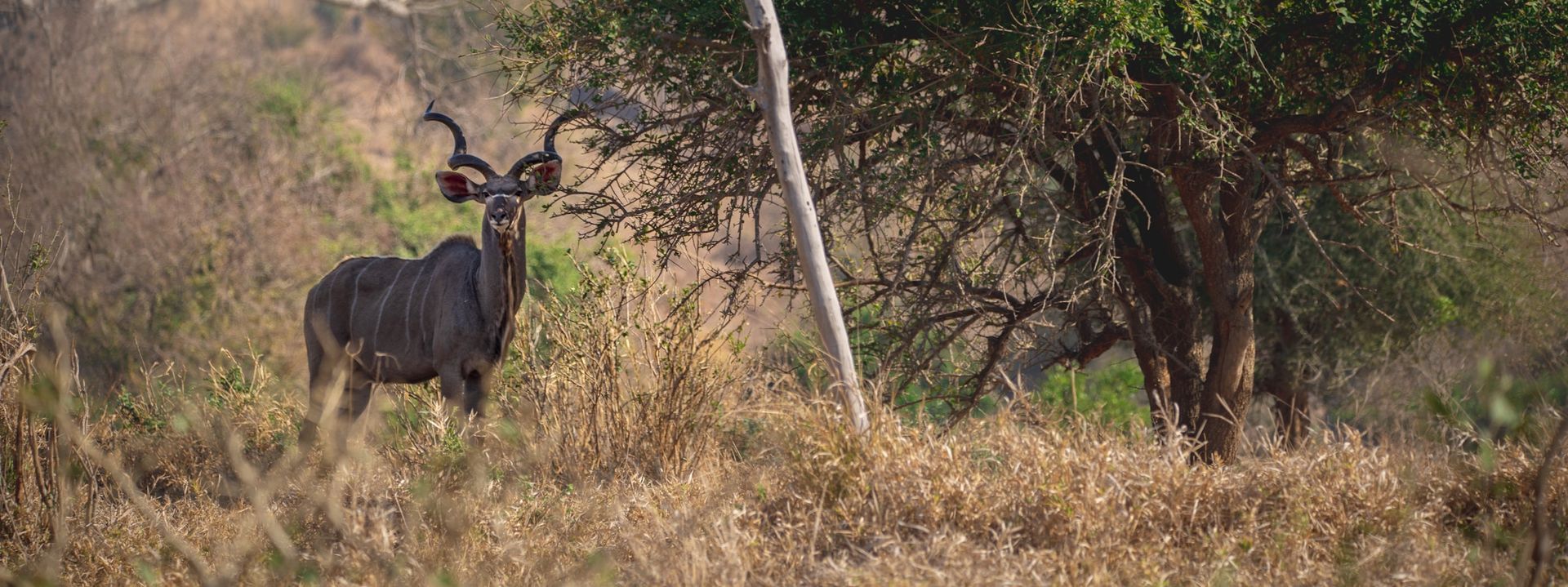
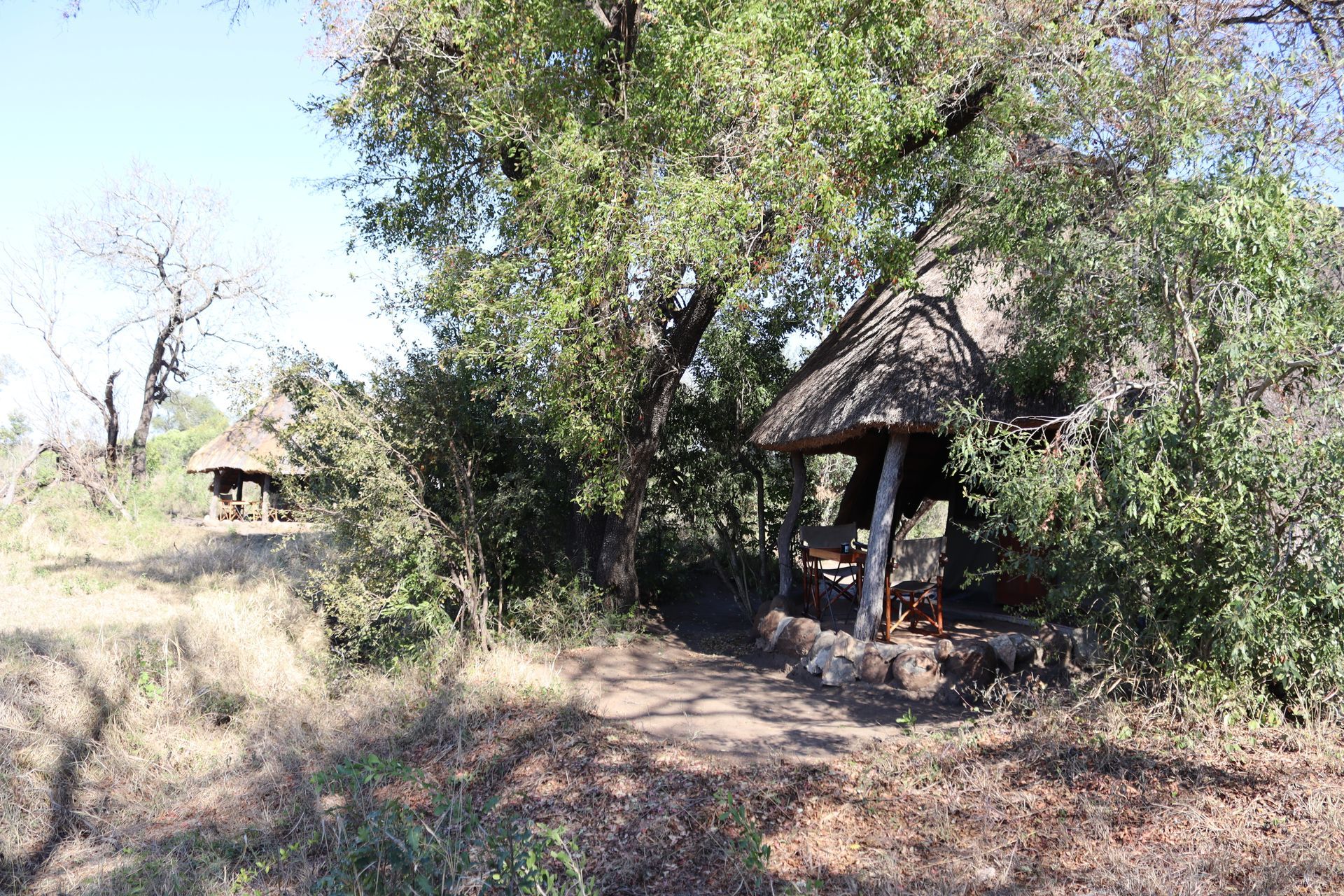
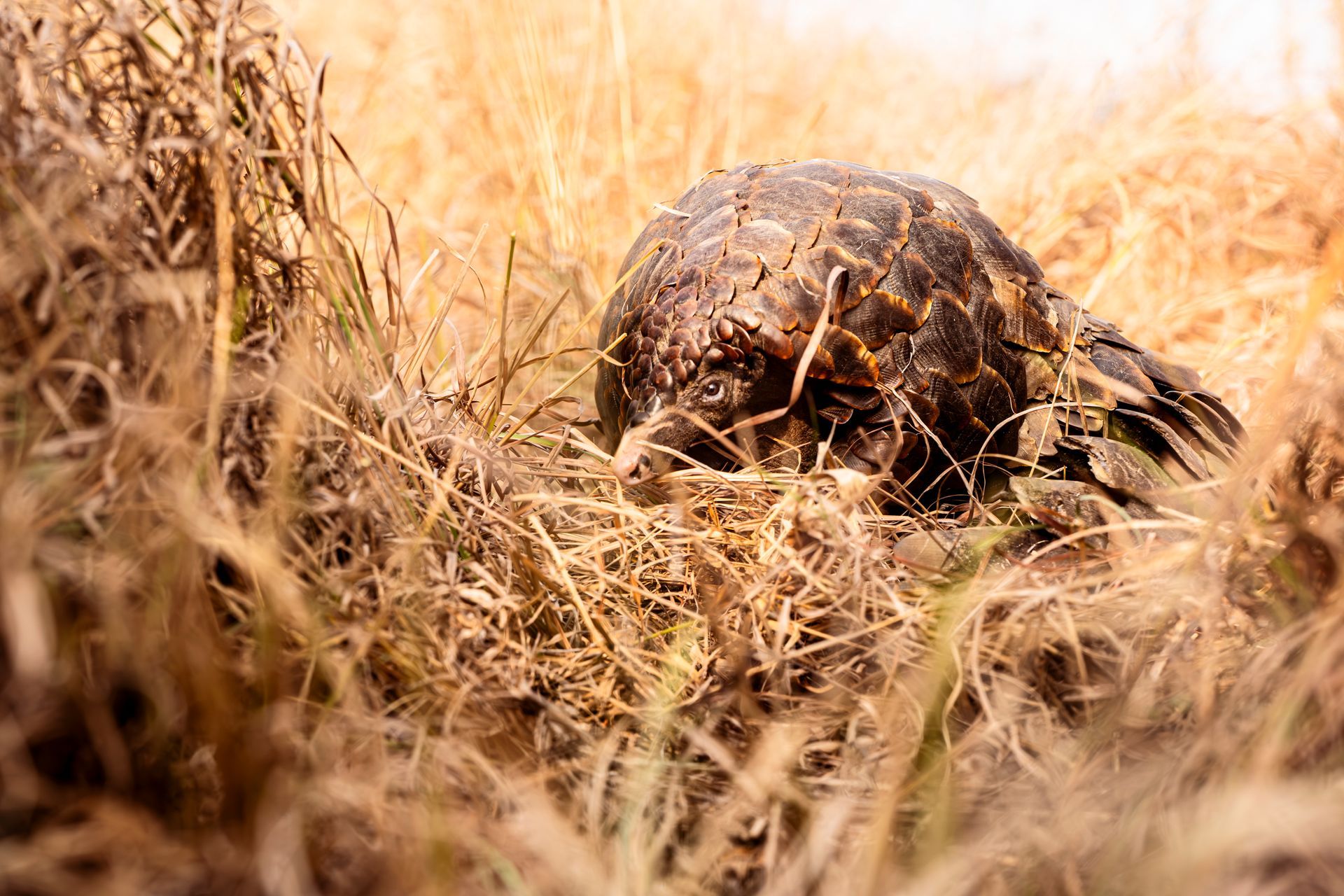
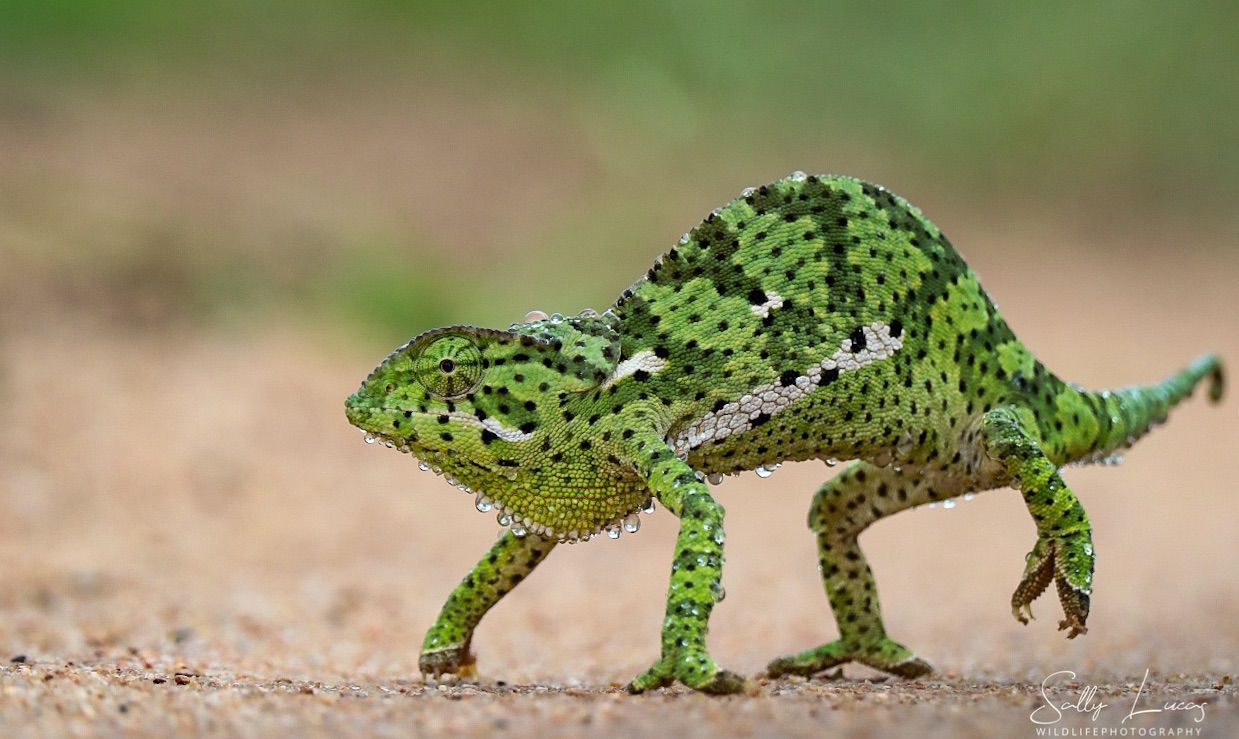
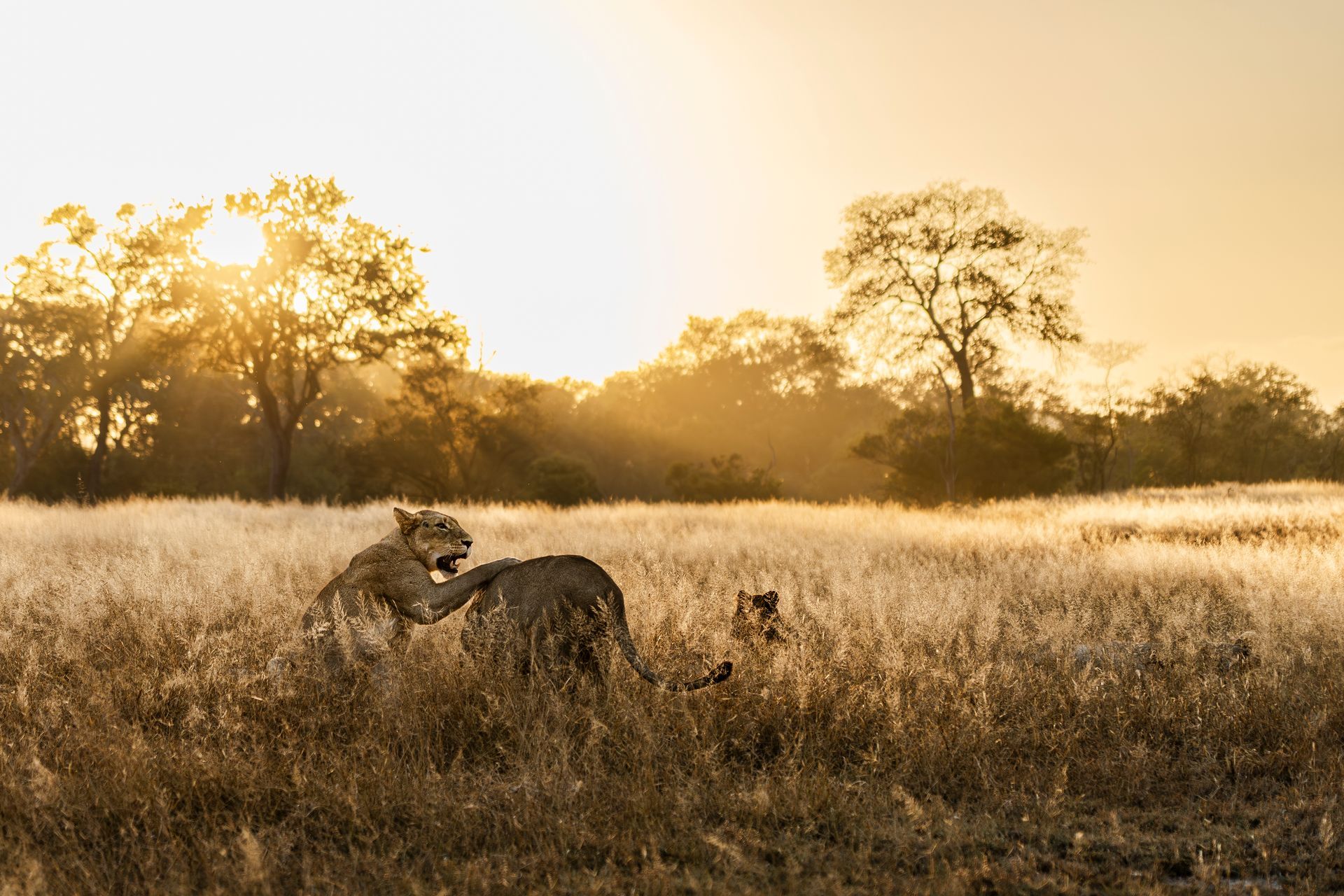
Pungwe Safari Camp
Manyeleti Game Reserve
Mpumalanga
South Africa
Tel: +27 82 853 9533
Email: info@pungwe.co.za
MENU
STAY CONNECTED
Join our Newsletter and find out more
Contact Us
We will get back to you as soon as possible
Please try again later
All images on this website have been taken at Pungwe by guests or staff
All Rights Reserved | Ingweleti Investments (Pty) Ltd T/A Pungwe Safari Camp

